The Abyssinian Cat
is thought to be one of the oldest breeds of domestic Cat
in the world, as the first domestication of the Abyssinian Cat
occurred in Ancient Egyptian times. It is thought that Abyssinian Cats
were bought and sold on the banks of the River Nile by traders, where the African Wild Cats
(the ancestors of all domestic Cats) lived in their native habitats
. Abyssinian Cats
are most easily identified by their "ticked" fur which gives their coat a mottled appearance.
The Abyssinian Cat has a more wild looking appearance when compared to many breeds of domestic Cat in modern times. The Abyssinian Cat has large ears (meaning it has fantastic hearing) on top of it's broad head, and the large almond-shaped eyes of the Abyssinian are still distinctive to this breed today. The Abyssinian Cat is a medium sized Cat with a long and muscular yet slender body and a relatively short tail. Although today, the Abyssinian can be found in a variety of different colours from blue to lilac to red, the dense, silky fur of the Abyssinian was originally silver or fawn in color.
 |
A DRAWN PICTURE OF AN
ABYSSINIAN CAT |
The Abyssinian Cat is known to be extremely intelligent and playful and is thought to be one of the most active breeds of domestic Cat as the Abyssinian seems to find it almost impossible to sit still. Abyssinian Cats are known to be extremely loyal and obedient felines making them easy to train in the house. The Abyssinian Cat is as wild in temperament as it is in appearance and enjoys to have a lot of attention as well as to keep active, which also tends make these Cats naturally good hunters.
 |
| ABYSSINIAN KITTENS |
Today, most species of modern day domestic Cat
are thought to have descended from, or be close descendants of, the Abyssinian Cats
which were brought to England from Northern Africa
in the 19th century. The Abyssinian Cat
is thought to have been one of the first species of Wild Cat
to have been domesticated by Humans
, and is therefore one of the first wild animals
to be treated like a household pet. The Abyssinian is now one of the most popular domestic Cat
breeds in the USA and was thought to have been first exhibited in Crystal Palace in 1871 and the first official listing of the Abyssinian Cat
breed was in 1882.
 |
| SEE THE LOVE TOWARDS IT'S KITTEN |
In Ancient Egypt, the Abyssinian Cat
was seen as a sign from the Ancient Egyptian Gods and was therefore thought to be a sacred animal
with legend deeming that the Abyssinian was the "Child of the Gods" and it was therefore worshipped on the banks of the Nile. This meant that the Egyptian people believed that the Abyssinian Cats
were extremely special animals
and they therefore looked after their Cats
very well, with Abyssinian Cats
often being depicted as sacred beings in Ancient Egyptian art and legend.




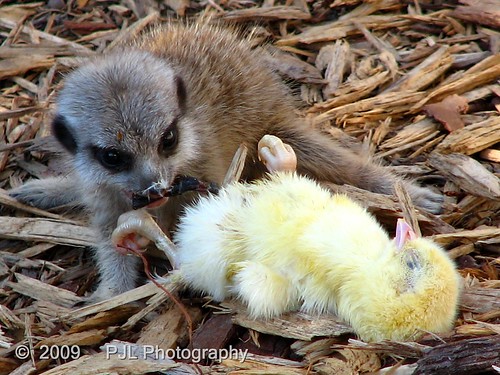










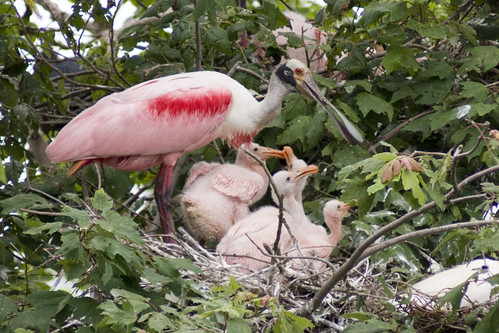





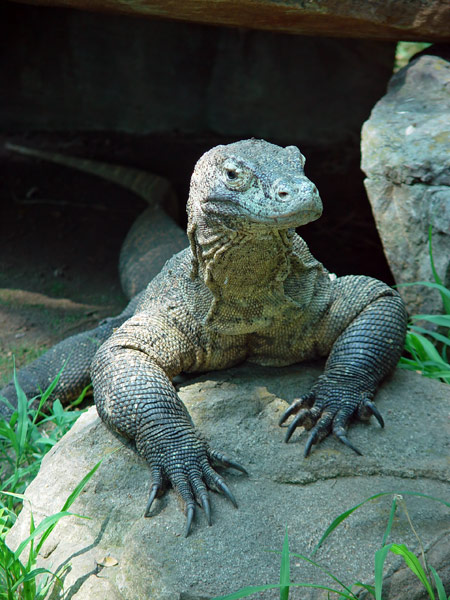



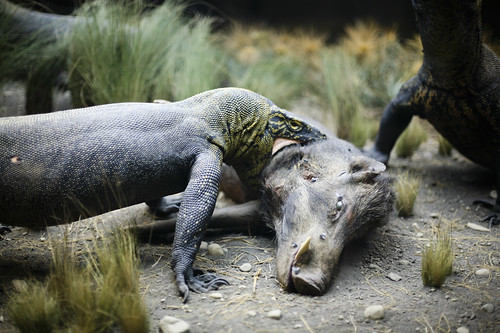


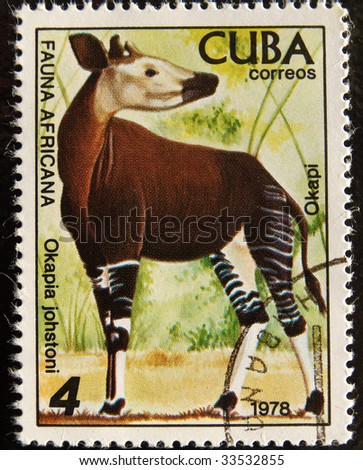


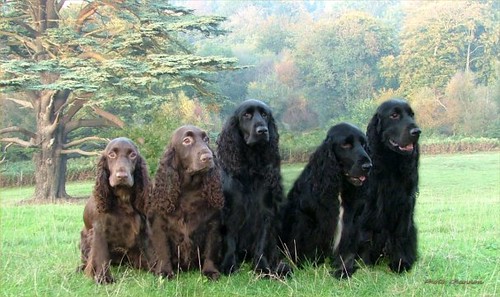

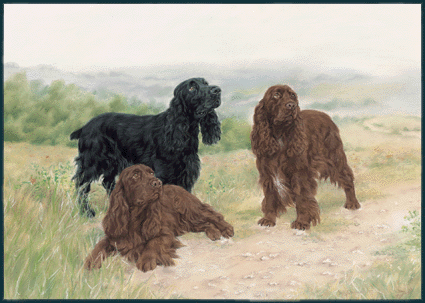 4 - 8 puppies with the average being 6 puppies.The life span of a field spaniel is 10-12 years.
4 - 8 puppies with the average being 6 puppies.The life span of a field spaniel is 10-12 years.

 The Jack Russell Terrier is happy, devoted, loving, and very perky. It will rise up early in the morning and play about at its leisure, but most enjoys its time with a job to do. These dogs are amusing and entertaining, and will be eager to play with new toys, games, and people. They are friendly and kind towards children and strangers and will happily introduce themselves to new people. These dogs are very determined and independent as well; it is important to remember this when they are during their training stages as they can be difficult to manage at times. Still, diligence and perseverance with these dogs will pay off.
The Jack Russell Terrier is happy, devoted, loving, and very perky. It will rise up early in the morning and play about at its leisure, but most enjoys its time with a job to do. These dogs are amusing and entertaining, and will be eager to play with new toys, games, and people. They are friendly and kind towards children and strangers and will happily introduce themselves to new people. These dogs are very determined and independent as well; it is important to remember this when they are during their training stages as they can be difficult to manage at times. Still, diligence and perseverance with these dogs will pay off.